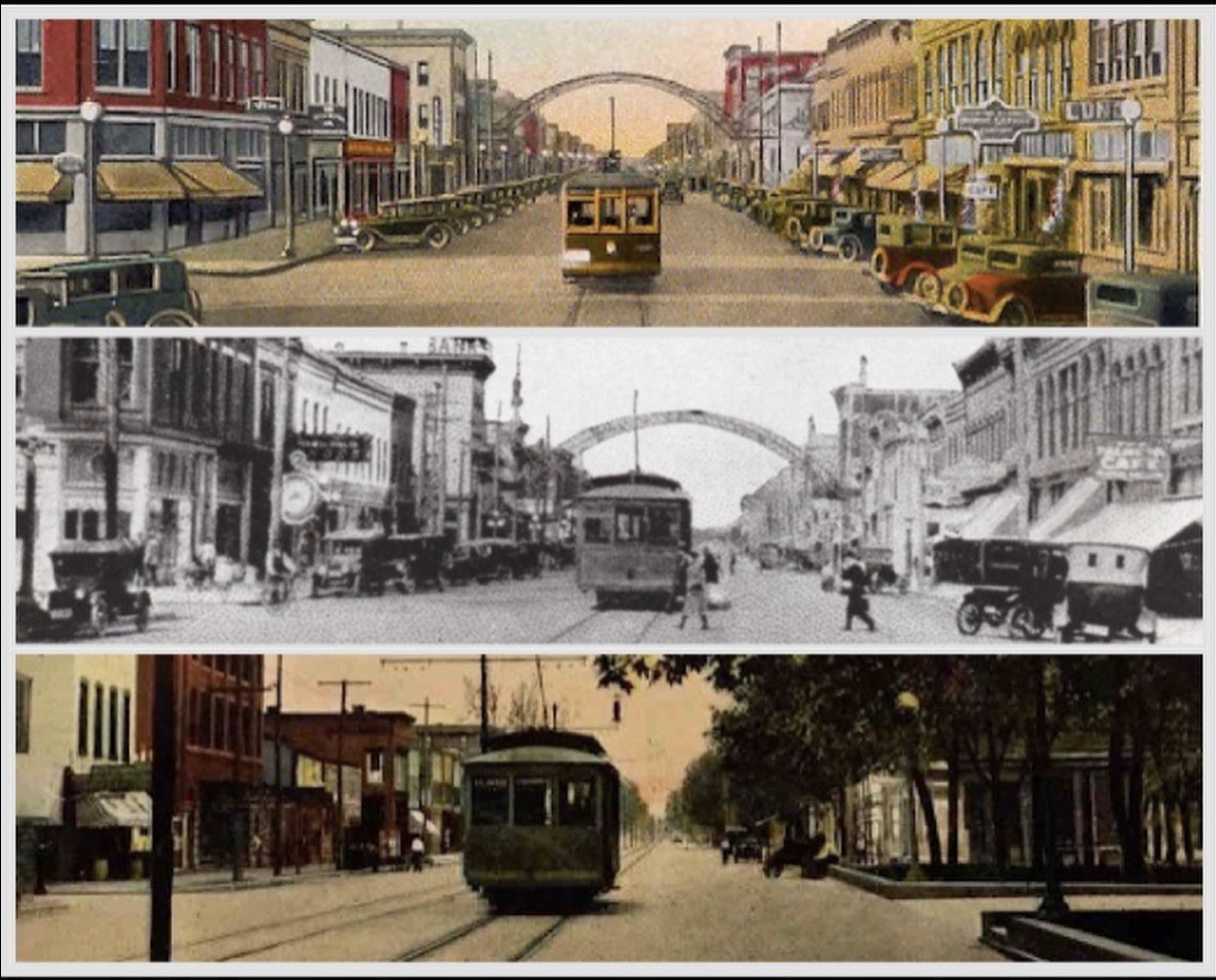Cairo, Illinois; Unbelievable Location, Inconsolable History //
Located where the mighty Mississippi and Ohio rivers merge, where many important Illinois railroads converge before they cross state borders, and where interstate 57 intermingles with US Route 60 and 62, Cairo, Illinois should be a booming metropolis like St. Louis or at least an important historic hub for transport like Cape Girardeau, Missouri located just up-stream the Mississippi. Despite being located in a northern state, Cairo has a history more akin to a southern town with southern Magnolias dotting the landscape and architecture during its most prosperous times reminiscent of the Deep South. Unfortunately, like the deep south, Cairo found itself embroiled in multiple race riots, lynchings, and curfews throughout the late 19th century onwards, with the occasional flood courtesy of the mighty rivers flanking both sides of the town.
During the Civil War, Admiral Andrew Hull Foote made Cairo the naval station for the Mississippi River Squadron on 6 September 1861. Since Cairo had no land available for base facilities, the navy yard repair shop machinery was afloat aboard wharf-boats, old steamers, tugs, flat-boats, and rafts. In January 1862, General Ulysses S. Grant occupied the city, and had Fort Defiance constructed to protect the confluence. Cairo became an important Union supply base and training center for the remainder of the war.
After the Civil War, the city became a hub for railroad shipping in the region, which added to its economy. By 1900 several railroad lines branched from Cairo. In addition to shipping and railroads, a major industry in Cairo was the operation of ferries. Into the late 19th century, nearly 250,000 railroad cars could be ferried across the river in as little as six months. Vehicles were also ferried, as there were no automobile bridges in the area in the early 20th century. The ferry industry created numerous jobs in Cairo to handle large amounts of cargo and numerous passengers through the city. The ghost lines of the streetcars remain on the Main Street




